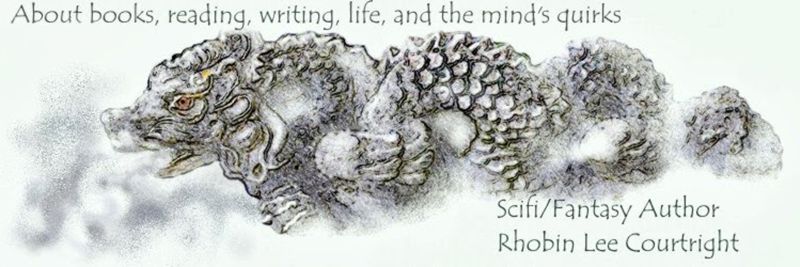The topic this month is about
how a story's main characters get developed. I have to say how I do it varies
from story to story, but only once did a character haunt my mind. It was my first book and she morphed between instigating my desire to write and how she appeared in the book. So how does a story's main characters get developed? For me, it varies.
Most often I begin writing the
opening or a confrontational scene, and then I go back and determine why the
characters reacted the way they did. Their personality and their experiences have shaped them, so I need to think up their histories. Sometimes I draw an image of the character. The personality part, though, often leads to psychological profiles, which can require research. Psychology drives motivation, behavior, and emotional response, which is how the reader will hopefully connect with that character. Why so much effort? To make interesting and believable characters or to help the reader understand why they behave the way they do.
Surprisingly, Psychology Today
likes to give writers this information. Carolyn Kaufman, who has a Ph.D. in Psychology, has written
several articles such as What Really Drives your Character, which is about
"Terrible secrets, fears, and flaws: discover what's driving your
characters!" The article also provides a profile to consider for characters'
development. Such information abounds on the Internet and in printed books.
Yet no matter how much time I spend defining a character, I know it only lets me understand them, and almost
everything I learn about them won't even appear in the story. It only tells me how they might act in each scene.
 |
| Hero or villain, worried, evil, angry, or tormented? |
Stories are not real life. I say this knowing I also have doubts about the 'reality' of many biographies I’ve read. Fiction stories are for entertainment and readers' desires to delve into lives other than their own. Each character must have a purpose in the story. Readers learn or interpret hints about the most important characters, starting with basics like description and continuing to each character's history and goals. The characters needed to create a setting are often more like furniture, unnamed except for function, like a waiter, doorman, nurse, who shows up once or twice.
Since the earliest traditions of oral story-telling, the mythic dimensions of stories give readers insight into themselves, even if they don’t realize it. This has carried over into today’s fiction. I wonder if those on-line games, which many might be readers are turning to, have the same fundamental purpose. Without factual experience or knowledge, I’d guess that they do.
Please visit the following author's blogs to read other viewpoints on this topic.
Skye Taylor
A.J. Maguire
Victoria Chatham
Marci Baun
Judith Copek
Rachael Kosinski
Diane Bator
Dr. Bob Rich
Beverley Bateman
Anne Stenhouse
Marie Laval
Fiona McGier
Connie Vines

